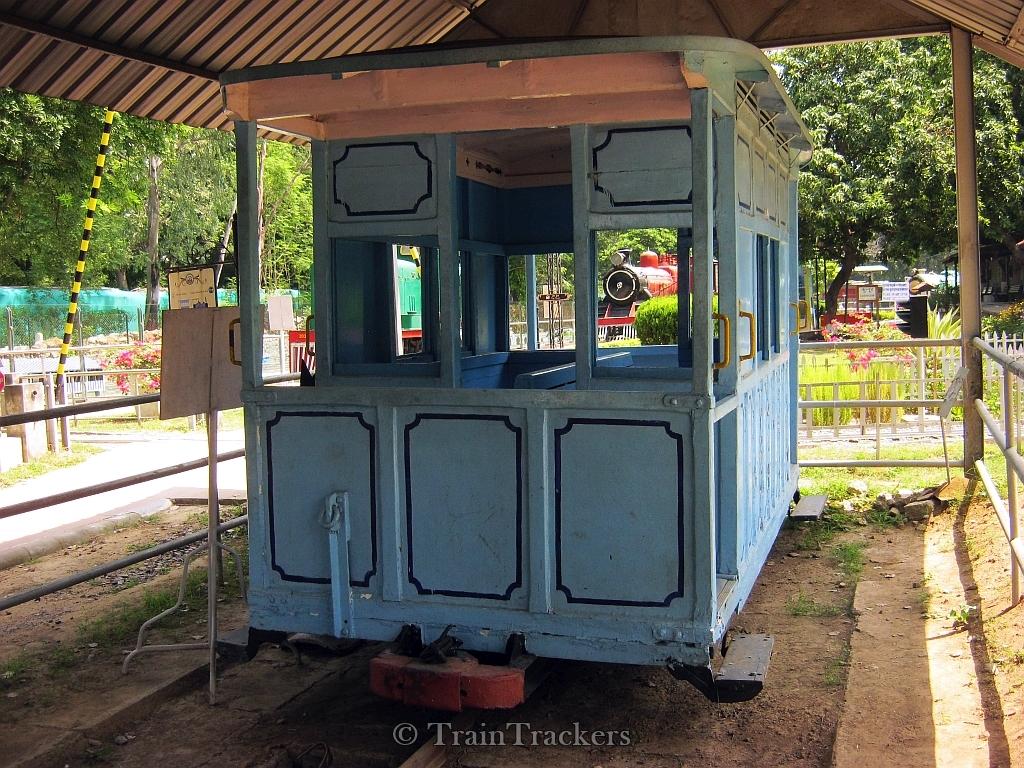
As a young engineer in 1900, Colonel C W Bowles was laying the site of the Bengal-Nagpur Railway works at Kharagpur in Bengal. He faced trouble with the narrow gauge contractor tracks and tried successfully - the Ewing Monorail System. In this arrangement, about 95% of the weight of a vehicle is taken on the single rail and the rest on an additional wheel on an outrigger. In later years, Bowles used the same technology for a 24 km monorail line from Sirhind to Morinda. The total distance covered by PSMT was 80 km. The total railway system consists of two unconnected lines constructed by a Bombay based firm - Marsland & Price. One line was from Sirhind to Morinda, a distance of 24 km. It was proposed to extend this line to Ropar but since Ropar was connected by a railway line, this idea was abandoned. And another line was for a distance of 56 km which starts from Patiala to Sunam via Basi which is just 8 km from Sirhind where there was a connection to the North Western Railway. One of the objectives of the tramway was to put to work more than 500 government-owned mules. The Patiala monorail was shelved on 1st Oct 1927 as it began to lose favour with people on the advent of automobiles and improved roads.
A complete wooden body coach of the PSMT with entry points through veranda at both ends and a total seating capacity of 12 people. Kept as the prime working exhibit of National Rail Museum, New Delhi. Visitors can take a historic ride on this decade old master-piece on every Wednesday and Friday. Ticket price for monorail ride is ₹ 200 per person. Journey in this monorail is an unique experience of life time.


